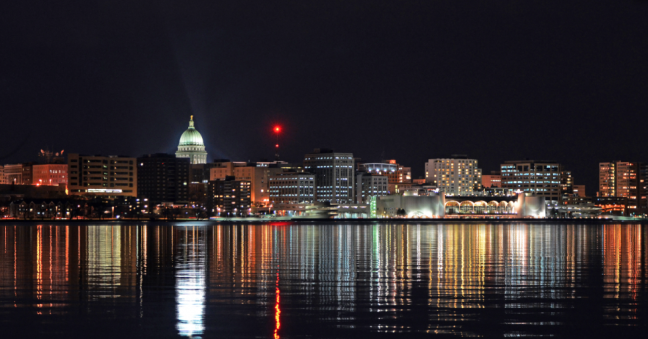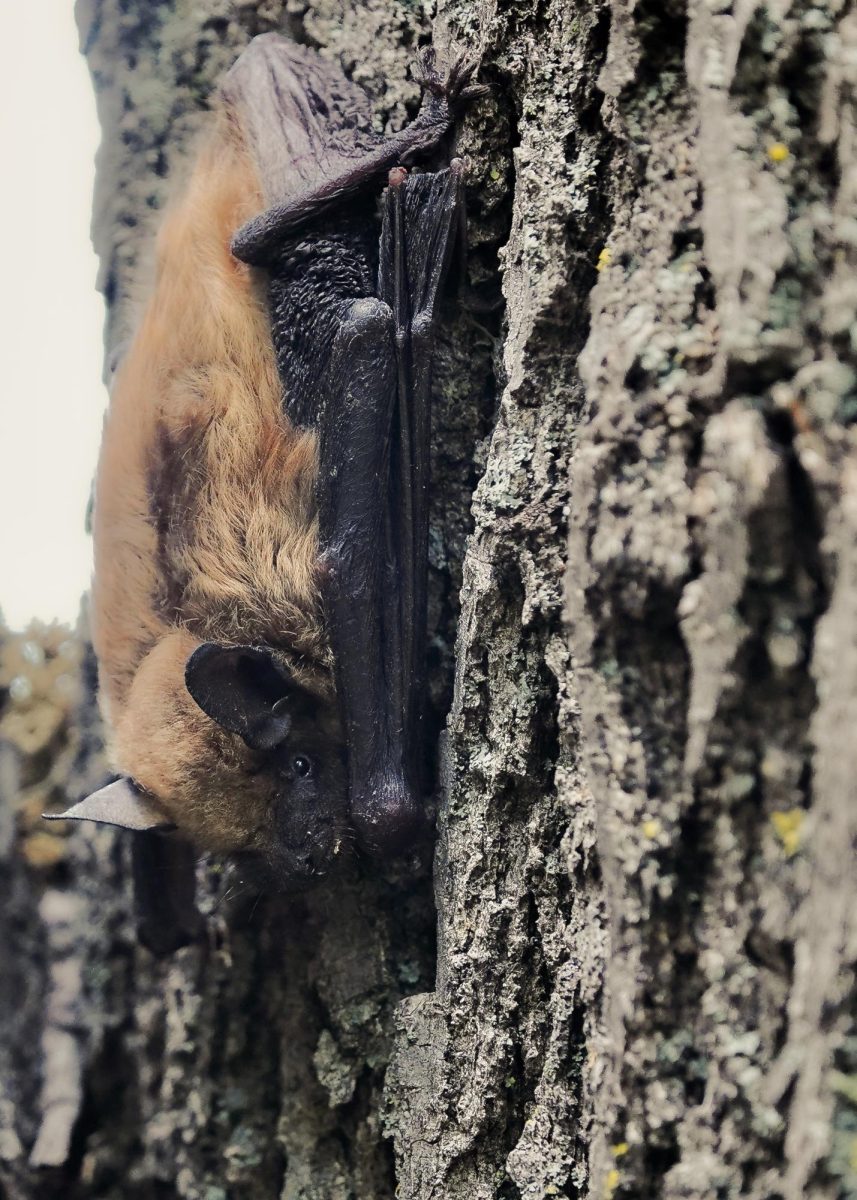The City of Madison and government, business and community leaders in the area are joining forces in an effort to better direct future regional growth using input from residents.
Relying on data from racially representative region-wide surveys, A Greater Madison Vision hopes to coordinate planning efforts within Dane County and the surrounding region. The group represents an array of interests and ultimately hopes to issue recommendations to facilitate growth both in Madison and beyond in coming decades.
Bringing all interested regional parties is a critical step in creating a region that is competitive both for domestic and international development, Ald. Larry Palm, District 12, and chair of the steering committee, said.
“Many of us [on the steering committee] believe this community must act like a region to really be successful,” Palm said. “Our competition isn’t Middleton, it’s really more like Austin and Amsterdam.”
The group is taking cues from similar organizations in regions around the county, Palm said. The hope is to sculpt future development using a three stage model of community input, strategic planning and eventually advocacy, he said.
The first step, which is currently in progress, is for the steering committee to get a feel for what residents hope to see in future development through surveys and listening sessions, Palm said. The surveys, conducted by Heart and Mind Strategies, employs unconventional techniques to achieve representative result.
Unlike most surveys, Palm said Heart and Mind created a survey pool that is racially representative rather than using a random pool. The surveys also make an effort to call respondents multiple times rather than simply selecting another person.
The surveys ask residents to describe what sort of development and planning have worked well and not so well, and what they hope to see in the future, Pam said. The surveys will also yield marketing data, allowing local organizations to better market the region and create strategies to engage residents.
The second step, strategic planning, involves creating plans to maximize land use, Palm said. For this, the committee will examine data gathered through the survey and determine where different types and densities of developments will thrive.
“We want to look at what the dream vision is,” Palm said. “For example, how should communities define borders? Where does the university fit in with the greater community?”
Once the committee establishes land use priorities, they will begin the process of advocating for city and business action that will steer development in the desired direction.
Troy Vosseller, co-founder of gener8tor and member of the committee, said he hopes the plan continues to make Madison an attractive place for a talented workforce. He said this means offering attractive opportunities and creating a place where people want to live and start a family.
For Vosseller, creating an attractive region means ensuring housing opportunities with access to transportation and recreation. Still, he said the overall strategy has yet to be determined as the group has yet to move to the second stage since community listening sessions must still be held.
“I think making sure the Madison region remains a vibrant community that people want to live in and stay in is important,” Vosseller said. “Can people get a high paying job that excites them, do they have access to affordable housing?”
Though the strategic planning has yet to be completed, Palm said he imagines the group will end up focusing on sustainable, affordable housing. He said most people who responded to the survey said they think there should be more development in the city center. But he said when this development does happen, neighbors usually speak out against it.
Because of this, Palm said one goal of the group should be to improve the community input process.
“We need to do a stronger job of engaging communities ahead of time about how development works and layout the benefits of development,” Palm said.













